




By Bailey Daniels STATESMAN REPORTER
With the relocation of the Utah State University Post Office to the Aggie Print Station, a space on the bottom floor of the TSC opened up. Amid a competitive bidding war, members of Aggie Radio fought to secure the room as their own.
With support from John Zsiray, USU Student Media program coordinator, and members of student involvement, Aggie Radio secured the space. The new space is located across the hall from the student media office and next to the USU Campus Store.
Aggie Radio’s station manager Luke Arnold detailed the struggles of getting the new space.
“There were a lot of people who were bidding for the space and wanted to turn it into a lot of different things,” Arnold said. “One of the biggest difficulties was that the university wanted it to be a profit-generating space.”
Aggie Radio sought the new space for a few reasons, including the opportunity for modern equipment and a studio better aligned with the Americans With Disabilities Act.

physically attached to the table and bolted to the wall, and every microphone had to be hardwired into an old telephone line,” Arnold said. “It was the same board they used in the AV Club in ‘Stranger Things’, and it was even presented as being outdated then.”
“We’ve already done quite a bit of recording with the new setup for podcasters and DJs. We’re still waiting on the glass divider and some other things to get everything going,” said Nate Jefferies, sound engineer.
“We tried to draw up many different diagrams to see if we could make it work,” Arnold said. “When this space became available, ADA compliance was one of the biggest pushes for student involvement. We need to make it accessible to all students. If you have mobility aids, a walker or a wheelchair, you can get to any position at the table. This creates a more equitable space for people on campus.”
The new equipment includes an Arrakis soundboard which makes remote broadcasts easier and a sound-proof glass divider. The divider will enable the studio to record a live show on one side while creating pre-recorded content on the other.
“An issue with the previous soundboard is that it was
“The new space has allowed us to pre-record and practice going live with the show beforehand, which has allowed for a lot more quality control,” said Max Murray, programming manager. “It helps the DJs stay engaged and want to participate more.”
The budget for the new room was $100,000.
“A lot of the budget went to less flashy components. Even the doors were very expensive because they are the same type used in hospitals because they are sound-tempered,” Arnold said. “It’s pretty common for us to bring in people with drum kits and full instrumentation. It can get pretty loud. As we were designing the space and allocating resources, our main priority was not to disrupt other spaces.”
“We have DJs, podcasting, all of that. If people want to be involved with anything music-related, come check it out. Check out our new studio and get a tour of it,” Jefferies said.
“Everyone’s got a place at Aggie Radio,” said Eva Uribe, music manager.
Aggie Radio’s shows air on Aggie 92.3 FM, TuneIn radio and the MyUSU app. Students can contact the station via Instagram @aggieradio to get involved.

“Bailey Daniels is a junior studying technology systems. She loves Lana Del Rey, sweet treats and all things whimsical.”
— bailey.daniels@usu.edu
Afew days ago, I received my ballot. I sat there bewildered by the number of options in front of me. To me, this is exciting. I’m a political science student, so I live for this stuff, but I couldn’t help but wonder what other students must feel.
I’m worried about the general sentiment that is growing around voting among my peers. When Inside Higher Ed did a flash survey on 1,000 students who planned to not vote, they found seven out of 10 said the biggest reasons were their vote didn’t matter, they disliked the candidates or they were “turned off” by politics.
These are all reasonable concerns, but I’d like to push back beginning with the sentiment that voting doesn’t matter. Students often say this because of the Electoral College, assuming because their state is dominated by a single party, their vote won’t have any significance. I disagree. In my lifetime, fueled in part by younger voters, Arizona and Georgia have both become swing states. If you are dissatisfied with Utah’s political environment, vote.
I asked some experts about this issue to gain a broader perspective. One of the experts that responded to my request was Owen Fiss, a legal scholar and sterling professor emeritus at Yale Law School. He has written multiple books and several of the most cited law review articles of all time.
“Elections make us free because they give us the power to choose our rulers and in so doing generate a unique and much treasured freedom. In deciding whether to vote, I urge you to think, not about what is in the election for you, but about the significance of the election for the community of which you are part and the opportunity you are being given to take part in the process that generates and accounts for that freedom,” Fiss wrote in an email to me.
We also need to take local elections into account. If you take a look at your ballot, you will see an array of offices. You might not even know what some do. These offices range from county council positions, the people who create and finalize the budget for Cache County, to the school board, which makes educational decisions for the local school district. Issues such as housing and zoning, education, public safety and taxation are all on the ballot this year.
To demonstrate the impact your ballot can have, a mayoral race in Sandy, Utah saw Monica Zoltanski win by 21 votes. That’s your impact.
Students are a key demographic in voting — they are the population most affected by changes. I was curious what created this apathy around voting. I reached out to Joshua Clark , a senior social scientist with the Othering & Belonging Institute at UC Berkeley to explain some of the troubles students face in voting.
“In my Institute’s research, we very often hear from young voters that they feel they are not knowledgeable enough, or are overwhelmed and unable to sift through all of the information out there about voting. Young people are often told, whether explicitly or implicitly, that they don’t know enough, that older

voters know better, and that voting is not really for them. Often they internalize that rejection, and it makes them in turn want to reject the whole system,” Clark wrote in an email to me.
Breaking down those barriers, whether they are internal or external, can be extremely difficult. It’s why when we reach high levels of perceived polarization and confusion, we have lower voter turnout. While it is your decision to register to vote and drop off your ballot, it’s also partially the university’s responsibility to ensure their students feel they have opportunities to get politically informed.
Clark emphasized, “Higher ed should want the young people who they are educating to be able to use their voices effectively, and to be integrated into civic life and the democratic process as early as possible. Being active civically is a habit-forming behavior, especially when you start early.”
You are the one who decides. We have tools for change in front of us, whether it be our vote or our advocacy in sharing our opinion with local newspapers. The key to creating the change you want to see is closer than you think. Vote.
To contanct Ronan, email him at ronan.spencer@usu.edu

By Shayla Stimpson STATESMAN REPORTER
USU launched a new hands-on engineering technology program for students in Fall 2024. This degree is a part of the College of Agriculture and Applied Sciences.
“This program is a very practical hands-on type of program for teaching engineering technologists, who apply engineering concepts in a practical approach to solving technical problems,” Andrew Deceuster, associate department head and professional practice professor, wrote in an
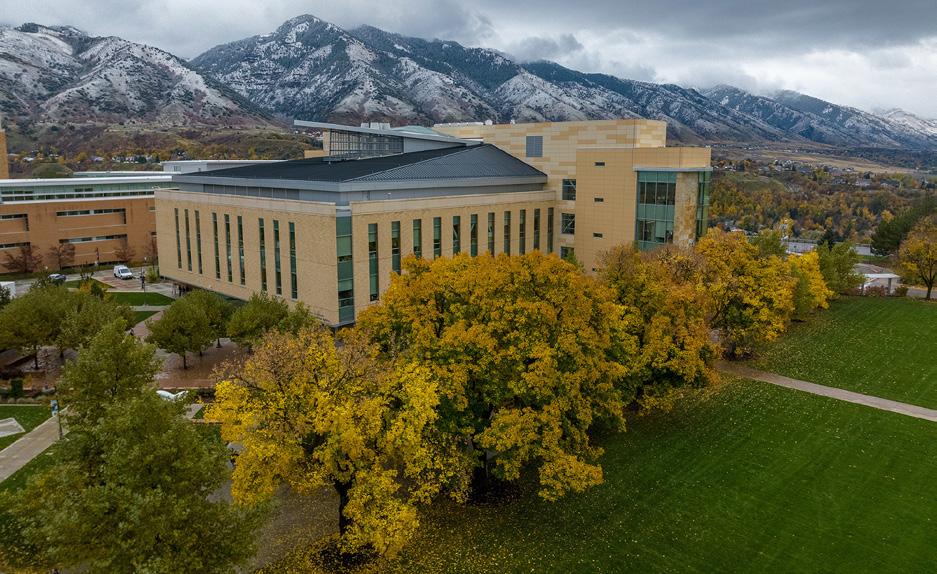
email, “This practical approach means that students will find themselves having labs associated with most of their classes that will take them into labs such as machining, welding, composites, electronics, automations, 3-D printing, CAD, and materials.”
This degree is unique in the fact that students will often be working with their hands. This practical approach is good for students who prefer a tactical learning style and enjoy the process of creation.
“Students will work on a variety of projects depending on the class,” Deceuster wrote. “They will be building electronic circuits, machining aluminum match stick holders, designing sheet metal parts in CAD, 3-D Printing fixtures to CNC machine custom logos, laying up composites, programming 6 axis robot arms, and they will have a yearlong capstone project where they will design, build, and documents a product or solution to a problem with a company.”
According to the USU engineering technology webpage, this degree will be offered at 13 different statewide campuses along with the Logan campus. This means students from all over Utah can participate in this proactive program.
Engineering technology is not entirely new to USU, however. This program was reintroduced in 2024 due to high industry demand.
“Engineering technology was originally a part of USU,
but was cut back in 2003, so it is not a new idea but the push from industry has brought it back,” Deceuster wrote. According to the USU engineering technology site, career prospects for this degree include configuration technologist, controls engineer technologist, customer engineering technologist, product technologist and more. This website estimates a yearly salary of $68,861 with a 3.8% projected employment growth for the years 20242028.

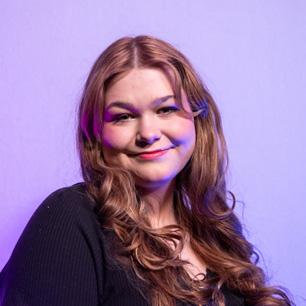
Shayla Stimpson is a sophomore studying health science with plans to become a dermatologist. When not at school, you can find her with her cross-eyed cat named Winston.
— shayla.stimpson@usu.edu

By Lacey Cintron STATESMAN REPORTER
From New York to Paris, thousands of models from around the world take to the runway to showcase the latest fashion and beauty trends. Third-year environmental studies student Abe Eborn is one of these models.
“I wanted to get into modeling when I was 17,” Eborn said. “At the time, my self-confidence was really low, and my therapist suggested a photo shoot as something to look forward to and boost my confidence.”
According to Eborn, a partnership between her and a childhood friend who loved photography launched her modeling career.
“Me and her would meet up, go through ideas and take really fun pictures. That’s kind of where it all started,” Eborn said. “I’ve just been kind of doing it for fun, slowly building up my repertoire — doing shoots. Then, every once in a while, I’m like, ‘Hey, I think I would like to do a runway.’”

Every year, models, designers and stylists around the world eagerly anticipate and prepare for “The Big Four” fashion weeks, hosted in New York, London, Milan and Paris. These shows display the work of both independent designers and major brands, such as Gucci, Louis Vuitton and Miu Miu.
These fashion weeks highlight upcoming models, making them an opportunity to launch a modeling career.
“I decided to stop waiting until someone asked me to do it,” Eborn said. “I did all the research myself and found shows that were casting and I did my first New York Fashion Week in February of 2022.”
Paris Fashion Week is the culminating event, setting precedent for the next big trends.
“This year, one of my New Year’s resolutions was to go to Paris Fashion Week,” Eborn said. “I asked around and applied until I found someone who wanted me to walk for them.”
The four fashion weeks are crucial to the fashion industry, giving designers, models and brands a global audience and a chance to network.
“Paris is really good fun,” Eborn said. “Paris, in my opinion, is way better than New York. Everyone in Paris is way more professional, and their laws around modeling make it more accessible and high quality. There’s not a lot of laws in New York which make sure it’s a better experience.”
France has enacted several laws which aim to protect models and viewers — a series of laws passed in 2017 require models to submit health and medical certificates in order to work. They also require magazines, ads and websites to disclose if images have been manipulated in any way.
In comparison, New York’s laws surrounding fashion are more relaxed, but recent initiatives have been working to improve the modeling industry. In recent months, advocates successfully pushed the Fashion Workers Act to pass the state assembly, which includes several safety and labor protections for models working in New York. According to a study published in the European Eating Disorders Review, models are more likely to be dangerously underweight, experience body image issues and engage in disordered eating, reflecting the harmful nature of strict, unattainable beauty standards.
“A lot of people say I have a unique face,” Eborn said. “They’ll call everyone around me gorgeous or pretty, but they’ll tell me I have a unique and I’ve got that alien look.”
Resilience and confidence are hallmark traits of successful, healthy models given their high visibility to broader audiences.
“You just have to not let it get to your head, focus on yourself, find a good therapist and focus on the positive aspects,” Eborn said.
Eborn encourages new models to not be dissuaded by societal expectations and realize modeling is for everybody — regardless of race, body type, ability or any physical trait.
“When people ask about modeling I try to tell them that there will be moments where you feel sad or anxious or not good enough, but you are good enough, and everyone is stunning and gorgeous,” Eborn said. “There’s always going to be people who want to work with you. Amazing people helped me find beauty in what I viewed as flaws.”
Eborn is an independent model, setting up her own work and building a portfolio.
“I usually try not to let anything overshadow anything
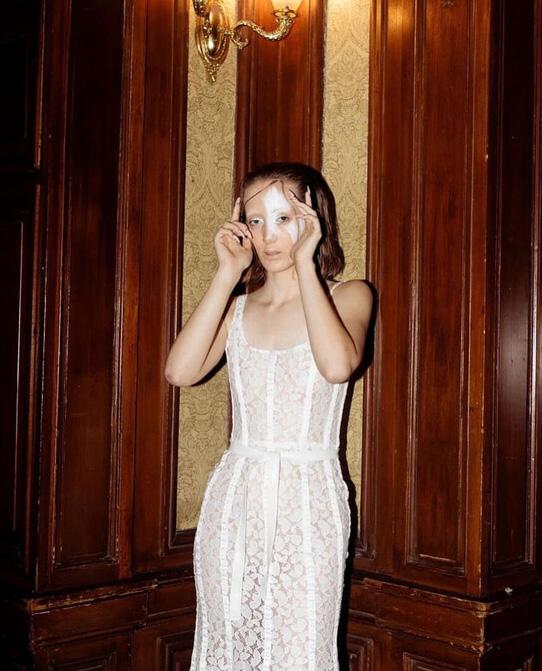
else because I am not in an agency, and so I have to focus on taking everything as it comes,” Eborn said.
Finding local shows, credible photographers and connections are among the first steps in becoming a model.
“Lately, there’s this photographer and editor in Utah who submits a lot of work to different Vogue magazines, and she asked me to shoot since she saw me in France,” Eborn said. “It was such a big honor to have her reach out. I appreciate how talented she is and that I get to work with all these amazing people.”

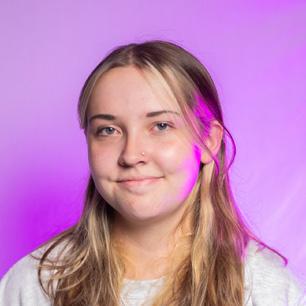
Lacey Cintron is majoring in psychology. She loves learning about the human mind, sharing stories and naps.
By Esther Owens STATESMAN REPORTER
There is no better way to embrace fall than by enjoying warm chili in a handmade bowl.
The Utah State University Ceramics Guild held its annual Chili Bowl Sale on the TSC patio on Oct. 16, giving ceramics students a chance to showcase their art and raise money for the guild.
Pieces from around 15 different artists, undergraduate and graduate students, were represented at the sale.
Haley Allbee is a transfer student who got accepted into USU’s ceramics Bachelor of Fine Arts program last semester.
“We usually do a throw-athon, where everybody comes together all in one day, and we all make our bowls for this event,” Allbee said. “You dedicate a day, and everybody just throws as many bowls as they can, and we get as many chili bowls as we can out of it.”
This year was Allbee’s first time selling her work in the Chili Bowl Sale. She said she enjoys seeing what pieces catch people’s eye.
“The things that people like are not what I would pick, usually,” Allbee said. “It’s interesting to see what people are drawn to first.”
The sale went from 9 a.m. to 4 p.m., giving students and faculty members a chance to stop by and peruse between classes.
Bailey Holdaway is a graduate student getting a master’s degree in environment and society.
“It’s been going on every year that I was here in undergrad, and I never got a chance to come,” Holdaway said. “This year, I made a proactive effort.”

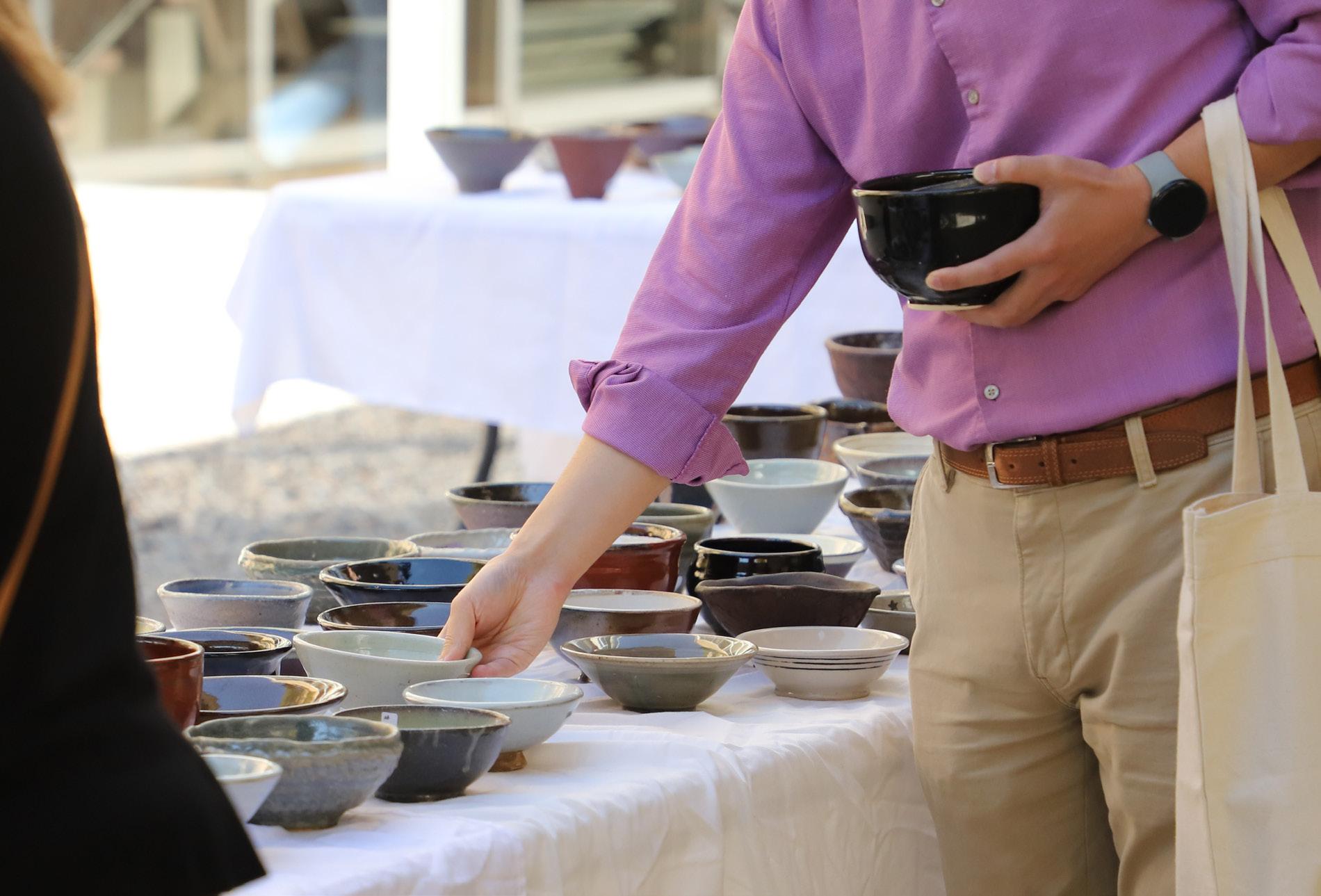
The bowls were made in a variety of shapes, sizes and colors and reflected each artist’s personal style. No two bowls at the sale looked the same.
“It’s a one-of-a-kind piece from a peer, which is really cool that you get to support your artistic peers,” Holdaway said. “And the chili is definitely a bonus.”
Sam Richards is a third-year ceramics student. He has participated in the sale every year he has been in the ceramics program.
“It’s a fun thing for everyone to be able to see a totally different major than yourself,” Richards said. “These people aren’t ceramics or art students, but I think it’s good to expose different parts of the university and different majors to what we’re doing.”
According to the USU Ceramics Facebook page, the purpose of the Ceramics Guild is to “create a cohesive group of artists that gain individually by the joint efforts of the guild members.”
The guild uses all proceeds to send students to the National Council on Education for the Ceramic Arts, an annual ceramics conference. The proceeds also help with getting new equipment for the studio spaces and funding visiting artists who do workshops and demonstrations for students.
Richards said that most years, all bowls get sold by the end of the day.
“Basically, anyone that wants to can come and buy a bowl and use it,” Richards said. “If you buy a bowl, you get a free bowl of chili.”
Jessica Bruck is a graduate student getting a master’s degree in ecology.
“The chili is just fun, it’s like a little add on. It’s fun that they’re encouraging a theme,” Bruck said. “It’s also just a fun way to get out of the office and connect with people and talk about the art.”
The Ceramics Guild puts on another themed sale around Valentine’s Day, the annual mug sale. They also have a holiday sale at the end of fall semester and a spring sale where students present a larger variety of their individual work.
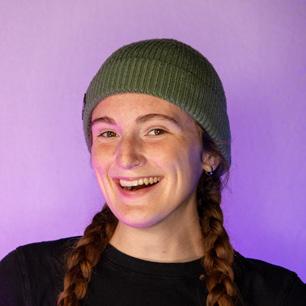
Esther Owens is a sophomore studying journalism. When she’s not busy working on a story, she’s probably at the climbing wall. — a02412867@usu.edu
By Samantha Isaacson STATESMAN REPORTER
The Cache County Fairgrounds were filled with dogs and their humans dressed in a variety of costumes on Oct. 19. They were attending Spooky Pup Fest, hosted by an Honors 1330 class at Utah State University, which is an introduction into the creative arts through the lens of dogs.
Spooky Pup Fest is a Halloween-themed festival held as a fundraising event for Cache Humane Society, which is a local no-kill, non-profit animal center. Briana Smith is the operations manager at Cache Humane Society.
Smith said the goal of the event is to help lower adoption costs for pets.
“We are hoping to put the money raised toward adoption fees for longer-stay animals,” Smith said. “It really helps those animals that have been in our facility for longer. Our average length of stay is 20 days, so with any animals staying longer than that, we find that reducing barriers like adoption fees helps.”
The event had a myriad of activities and food available.
Hazel Harris is the undergraduate teaching fellow in the hosting honors course.

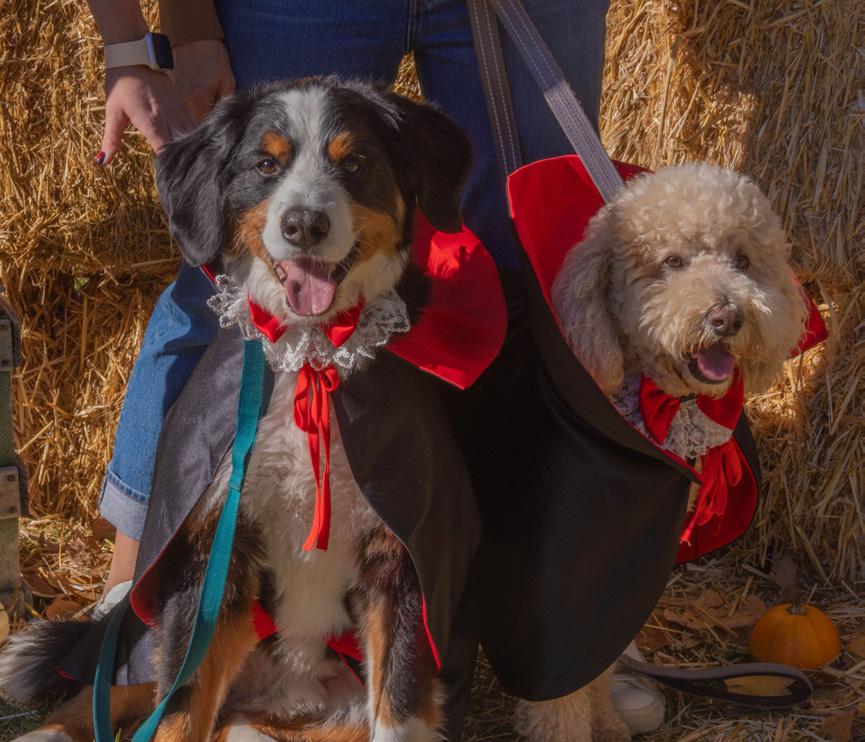
the parade to show off their costumes.
“The staple event of the festival is the parade and costume contest. We invite people from the community to come and dress up their dogs and come walk the parade,” Harris said. “We then have judges from the Cache Humane Society, the Honors Program and professor Laura Gelfand who will judge which costume is the best. We have a couple different awards that we will give out, along with some prizes that we got from some of our sponsors.”
Laura Gelfand is a professor of art history who teaches the Honors 1330 class.
Gelfand said the event is part of the community engagement section of the class and teaches the students what it is like to host an event.
“It is a way to help students understand what it’s like to do an event like this,” Gelfand said. “Specifically, what it takes to put things together but also the value of working for a good cause and reaching out to the community. Not just kind of being insular and at the university all the time.”
Cache Humane Society is always accepting donations. If anyone wishes to donate, their options are available at their website.
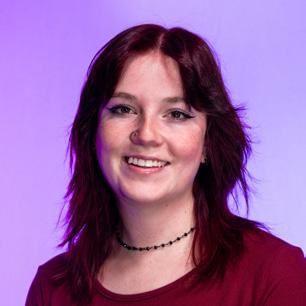
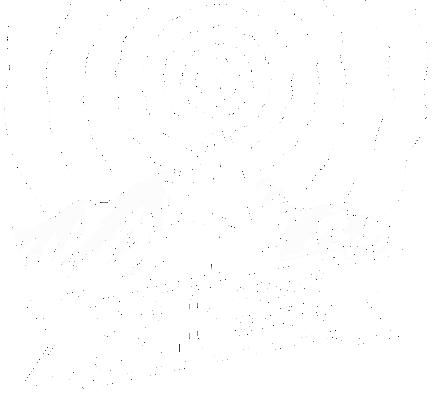
“We have a food truck – the Pauni Island food truck, a couple of vendors who are specializing in dog clothes and other items, a photo booth, [a] pumpkin patch, free refreshments and a peanut butter eating contest,” Harris said.
Harris said the community can bring their dogs dressed-up to enter the costume contest and walk in
Hosted by Great Dayne and DJ Venkman, “Dark Ages” is the ultimate soundtrack for the spooky season! As Aggie Radio’s longest-running show, they feature Industrial, Dark Wave, 80s New Wave and Electronic music, delivering a mix of hits. Tune in every Thursday from 8 - 9 p.m. on Aggie Radio!

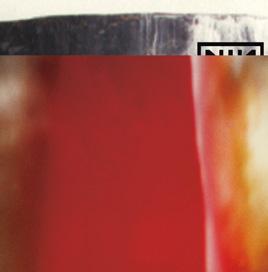

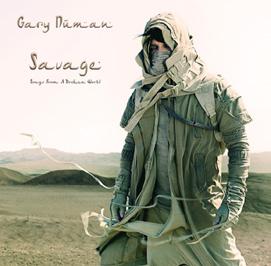
Samantha Isaacson is a junior majoring in journalism with a double minor in art and psychology. She loves to read and spending time outdoors.
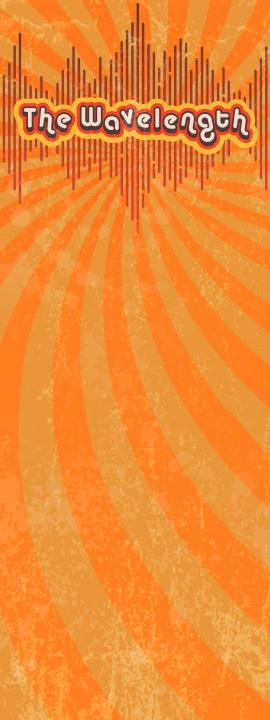
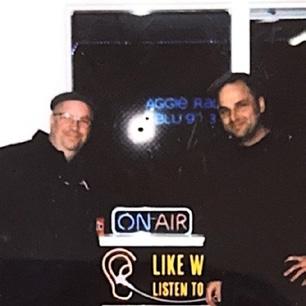







By Essence Barnes STATESMAN REPORTER
RaeAnne Thayne, USU Alumni, established her career as a bestselling author by crafting stories of love, family and friendship within the pages of her fiction novels. The Utah-based author has written over 70 books since the start of her writing career in 1995 and continues to release books today.
While Thayne didn’t initially aspire to become an author, she spent much of her childhood in the countryside with a book in her hands.
“I was a voracious reader,” Thayne said. “But I didn’t know I wanted to be a writer until high school.”
In her earlier school years, Thayne found a passion for drama and theater. That passion transformed when her mother encouraged her to take a journalism class.
“That was kind of the beginning of my writing experience and telling stories,” Thayne said. “It was through journalism.”
Thayne went on to work at The Utah Statesman and the Herald Journal. Throughout her journalism career, Thayne dreamed of eventually writing a book.
“I always dreamed about writing a romance novel,” Thayne said. “That’s what my mother loved, and those are the kind of books that I really devoured when I was in high school.”
During her maternity leave in 1990, Thayne decided to finally begin writing her first book.
“I decided this was my chance,” Thayne said. “So I bought a cheap computer from a bid sale at USU.”
Armed with her new computer and deep-rooted love for storytelling, Thayne attempted her first novel.
“I sat down and tried, and it was bad,” Thayne said.
Despite a rocky start, Thayne continued trying and researching how to write. She published her first book five years later in 1995.
“I was the news editor at the Herald Journal until 1997
when we had our second child, and that was the same week I sold my fifth book,” Thayne said. “I quit work when we had our son, and I have been writing full-time ever since.”
Thayne attributes her drive to become an author to a sense of both determination and naivety.
“It was kind of an out-there dream, and if I had known how hard it was, I would have been more disillusioned and probably not ever believed I could succeed,” Thayne said.
Thayne said she remembers the publishing landscape of the early 1990s, and the challenges that came along with her first publishing experiences.


Essence Barnes is a second-year student majoring in journalism and minoring in environmental studies. She enjoys reading, writing and caffeine.
— essence.barnes@usu.edu



By Carson Frost STATESMAN REPORTER
The Utah State volleyball team announced Oct. 2 they would not participate in a match against San Jose State scheduled Oct. 23, sparking a nationwide debate.
“The University will abide by Mountain West Conference policy regarding how this match is recorded,” the team wrote in a statement.
The game was recorded as an Aggies loss by forfeit. They joined Southern Utah, Boise State and Wyoming as the fourth team to forfeit a match with SJSU.
No reason was given by the university as to why the game was canceled, but it is presumed to be due to the Spartans having transgender athlete Blaire Fleming on their roster. Fleming, a 6-foot-1 outside hitter, has helped lead the Spartans to a 10-3 start this season. She is currently first on the team, with 188 kills and 221 points.
Utah Gov. Spencer J. Cox applauded the school for its decision in a tweet.
“It is essential that we preserve a space for women to compete fairly and safely,” Cox said. “Our female athletes are left grappling with this difficult issue because the NCAA has failed in its responsibility to protect female athletes and women’s sports.”
Utah House Speaker Mike Schultz echoed his support, reacting to the news in a post on X.
“To the Utah State and Southern Utah Women Volleyball teams: We stand behind you and are cheering you on!” Schultz wrote. “Thank you for standing up for not only yourselves, but for women across the country – current and future generations!”
In March of this year, the Independent Council on Women’s Sports filed a lawsuit against the NCAA over the allowance of transgender women in sports. Fleming’s teammate and SJSU co-captain Brooke Slusser has joined in on the ongoing suit.
“Slusser decides terrorizing practices and games in which a man is smashing volleyballs into the faces and bodies of young women at speeds of over 80 mph and making a mockery of fair competition,” ICONS said in a letter via Outkick. Riley Gaines, former swimmer at the University of Kentucky and current political activist, voiced her approval of the university’s decision. Gaines’s activism began when she protested against sharing a locker with her transgender teammate Lia Thomas. Thomas became the first openly transgender woman champion in NCAA history after winning the 500yard freestyle in 2022.
Gaines visited the USU volleyball team on Oct. 9 and delivered custom-made “Medals of Courage” to the players for their decision.
“I was able to spend some time with some of the Utah State women’s volleyball team that chose to forfeit their match against SJSU due to a man being permitted to play,” Gaines posted on X. “This type of leadership takes immense courage. BRAVO.”
Multiple Aggie players expressed their gratitude for Gaines’s support.
“Riley is an icon in this movement and to have her support is so surreal,” redshirt junior Kaylie Ray said via Outkick.

“She has instilled us with this confidence we are doing the right thing and has gifted us the courage to keep standing up for the things we believe in. It’s never wrong to do the right thing.”
First-year player Kaylie Kofe also spoke with Outkick, echoing her teammate’s sentiments.
“Hearing [Riley] say how proud she was of us and instilling confidence in our decision to stand up for what is right really gave me comfort,” Kofe said. “There’s a lot of hate going around, but after talking to Riley, I can’t help but be proud of myself and my team for contributing and helping make a difference in this world.”
Utah State has received backlash for their decision, with many feeling that the forfeiture promotes discrimination.
“We are disappointed by the recent decision of Utah State University to cancel their volleyball match with San Jose State due to the participation of a transgender woman athlete,” the Utah Pride Center said in a statement. “We expect more out of our state’s institutions of higher learning, and consider positions like these uninformed and highly uneducated. Transgender athletes, like all athletes, deserve the right to compete in the sports they love, without fear of exclusion or discrimination.”
Several Utah State students have also spoken out in disagreement with the forfeiture. In a public Instagram post, Samson Calderón Diltz called for students to email university officials to protest the forfeiture. He later shared a response from Amanda DeRito, associate vice president of university marketing & communications.
“USU doesn’t care about inclusion,” Calderón Diltz wrote. “Now they’re about neutrality. And they’re breaking neutrality by forfeiting this game. If they were truly open to learning and evolving they would actually listen to their transgender students. USU has shown time and time again they do not care for their minority students.”
On Oct. 17, a group of students submitted a letter to The Statesman in protest to the university’s decision.
“As Aggie sports fans, we stand in solidarity with all women athletes,” the signatories wrote. “There is no evidence that trans women athletes have an advantage over cisgender women athletes and, in fact, the range of athletic ability among trans women parallels the range found in cis women. In other words, trans women earn their spots on their teams the same way cis women do.”
The signatories made note of the fact that USU had already played SJSU four times in 2022 and 2023, all while Fleming was on the roster. They also cited a 2021 survey conducted by human rights organization GLSEN that found that transgender kids are more likely to face hostile schooling environments.
In a written statement, SJSU spokesperson Michelle Smith McDonald said that university police are providing security for the team at home and road games.
“It is disappointing that our SJSU student-athletes are being denied opportunities to compete,” wrote Smith McDonald. “We are committed to supporting our student-athletes through these challenges and in their ability to compete in an inclusive, fair, safe and respectful environment.”
At the time of writing, the Aggies volleyball team currently has a record of 8-11.

Carson Frost is a transfer student from Denver, Colo. studying journalism. His family originally hails from Los Angeles, and he is a passionate fan of the Lakers, Dodgers and Philadelphia Eagles. He loves writing, making music, hitting the gym and taking road trips.
By Gabriella Kozic STATESMAN REPORTER
On any given Monday or Thursday afternoon at the Quad, you can spot groups of students diving, leaping and spiking in a fast-paced game of Spikeball. What started as a niche pastime has become one of the most energetic and social clubs on campus — the USU Roundnet (Spikeball) Club.
Founded in 2018, the club was created to provide students with an opportunity to engage in the fast-growing sport of Spikeball, a game that has gained immense popularity across college campuses. Since then, the club has evolved under the leadership of several presidents, including current president Ian Morgan, a fourth-year student from Kaysville, Utah. Morgan, who took over the leadership last year, has embraced a mission focused on growing the club and fostering a welcoming, low-pressure environment for all.
“Honestly, this is a pretty low commitment group,” Morgan said, emphasizing that his goal is to introduce as many people as possible to the sport. “I want a lot of people to just become familiar with Spikeball and with competitive Spikeball in general.” For Morgan, keeping the club inclusive and accessible is a top priority, and this laid-back approach has made the club appealing to newcomers.
For many students, joining the club is about more than just learning a new sport. First-year members Kaneal Ostler and Abigail Gray echo this sentiment, sharing the club has provided a welcoming and supportive environment.
Ostler, who had prior experience with Spikeball in her hometown of Tucson, Arizona, noted, “It’s been fun, definitely humbling, realizing that there’s a lot more to learn.”
Both newcomers expressed their appreciation for the club’s friendly dynamics, with Gray adding, “I don’t know anything about Spikeball, but they’re so nice and willing to teach me, and it’s great.”
The atmosphere during practices and tournaments is characterized by fun and camaraderie. Morgan emphasizes while some participants may take the game seriously, the club focuses on creating friendships in a relaxed environment.
“It’s a lot of fun,” Morgan said. “A lot of people are here to have fun and just joke around.”
One of the most appealing things about the club is that it welcomes everyone of every experience level.
“It’s really just for fun. Like, they’re not even practices. It’s just pick up, like, just come out, bring your friends, and we’re just going to mess around and play some Spikeball. You have the competitive nets and the kind of people just learning. So it’s a good mix for really anyone that either has no idea how to play or has been playing for years. So everyone’s welcome,” says Kyle Burch, a first-year student from Twin Falls, Idaho.
While the focus is on enjoyment, many members are eager to improve their skills. Since joining the club, Ostler has noticed significant growth in her abilities.
“My serves were kind of sucky, but now I have a pretty decent serve,” Ostler said.
Burch, who has been playing Spikeball competitively for three years and took a one-year hiatus, has found the transition to the club challenging and rewarding.

“The skill level here is also a lot higher than what I was used to in Twin Falls,” Burch said. “It was a big improvement to find people that were actually better at the game.”
For newcomers interested in joining the club, the advice from seasoned members is clear: don’t be intimidated and don’t give up. Morgan encourages anyone curious to just “come and play.” The club welcomes people of all skill levels, and there’s always someone willing to teach the basics.
Burch advised new members to stick with it, even if they initially find the learning process hard.
“It’s pretty easy to give up and think, ‘this isn’t something I’m going to be good at.’”
However, he added people can improve with persistence and regular attendance. Spikeball rewards time and effort, and the supportive club environment makes it easier for newcomers to feel comfortable.
Despite its success, the Spikeball club faces some challenges. One of the biggest hurdles is maintaining participation during the winter months.
“A big [challenge] for us is when it gets cold, a lot of people don’t show up to club anymore because Spikeball is a lot more fun outdoors,” Morgan said. The colder weather discourages participation, but Morgan remains optimistic about keeping the momentum.
One exciting prospect for the club’s future is the possibility of becoming a recognized club sport at USU. Morgan revealed that the club received an offer to transition into a club sport, which would provide more resources and recognition.
“We did get an offer to have it become a club sport, so that might be something in the future,” Morgan said. This potential development could mark a new chapter for the club, allowing it to grow even further and solidify its presence on campus.
In addition to regular club activities, members participate in various tournaments on and off campus. One such op-
portunity is the Utah State — unaffiliated with the university — Spikeball Championships in American Fork, which occurred on Oct. 19. These tournaments offer members a chance to showcase their skills and compete against players from around the region. Participating in tournaments also allows the club to recruit more people to play. Morgan highlighted a successful recruitment effort during Day on the Quad, where over 100 students signed up for the club, leading to a robust group chat of around 200 people. The club has undoubtedly significantly impacted its members’ college experiences. For Morgan, the club has even led to personal milestones, as he met his fiancee through the group. Ostler and Gray also highlighted how their involvement in the club has made them more open to trying new things and forming friendships.
As the club grows, it stands as a testament to the power of sport in building community. With its inclusive atmosphere, dedication to skill development and the possibility of becoming an official club sport, the club offers all students a unique and enjoyable experience. Whether you’re a seasoned competitor or a curious newcomer, the USU Roundnet (Spikeball) Club is ready to welcome you with open arms — and plenty of Spikeball.
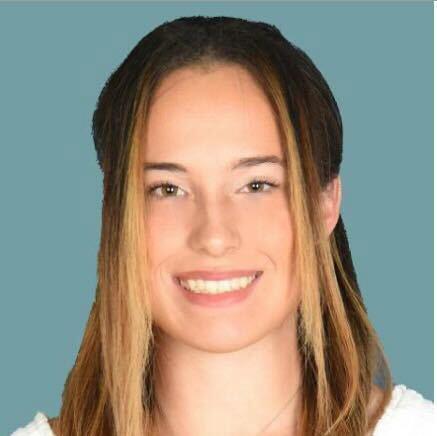
Gabriella Kozic is a first year student from Easton, Pa. studying journalism and communications. She is a die-hard New York sports fan. She loves to read, write, play guitar and sports. Most of all, she loves her friends, family and her dog DJ.
— gabriella.kozic@usu.edu
By Malory Rau STATESMAN REPORTER
As their motto reads, “From dropping out to dropping in,” the USU Skateboard Club showed up at the new Providence Skatepark this past Wednesday, Oct. 16.
With a bowl inspired by Utah’s canyons, the new Providence Skatepark officially opened this month. USU Skateboard Club was invited to be some of the first wheels on the ground.
This park is the second in Cache Valley, the first being the Hyrum Skatepark. Both parks were designed by Hunger Skateparks.
The club is led by President Connor Hales, with support from Vice Presidents Leo Gilbert and Josh Varley. The trio heads the club Instagram, which saw some rebranding at the start of the semester.
“So a couple of my friends were in charge of USU skate club a couple of years ago, and they all graduated, and USU skate club kind of died out, and there’s a super strong skate community at USU, and I wanted to represent that and show people a good side of skateboarding. So that was kind of an inspiration for doing the Instagram and showing how fun and awesome skateboarding can be,” Gilbert said.
Gilbert also works at the Directive Boardshop located on Main Street, which had a hand in the 12,500-foot Providence park.
“My boss works super closely with the city. He actually designed this park. He’s good friends with the city and with Hunger Skateparks,” Gilbert said.
Directive is also working closely with the
USU Skateboard Club to create its first set of apparel.
Hales found himself at the club for his senior year after time spent outside of Cache Valley.
“I was a transfer student here last year, and so I came up here just kind of on a whim and didn’t have any friends, and one thing that is easy to do is look up a skate park in your local area, and Cache Valley, with the opening of Providence, now has four the best skate parks in Utah within like 20 minutes. So I just kind of went to a skate park just on a whim. And I met a few guys, and those have become some of my best friends And so just opening it up to everyone and showing that, you know, the skatepark’s not only a place to skateboard but also just a great place to find a community,” Hales said.


Malory Rau is a total poser and used to get some hate for her cruiser wheels but they have saved her from many rocks on campus.
— m.rau@usu.edu
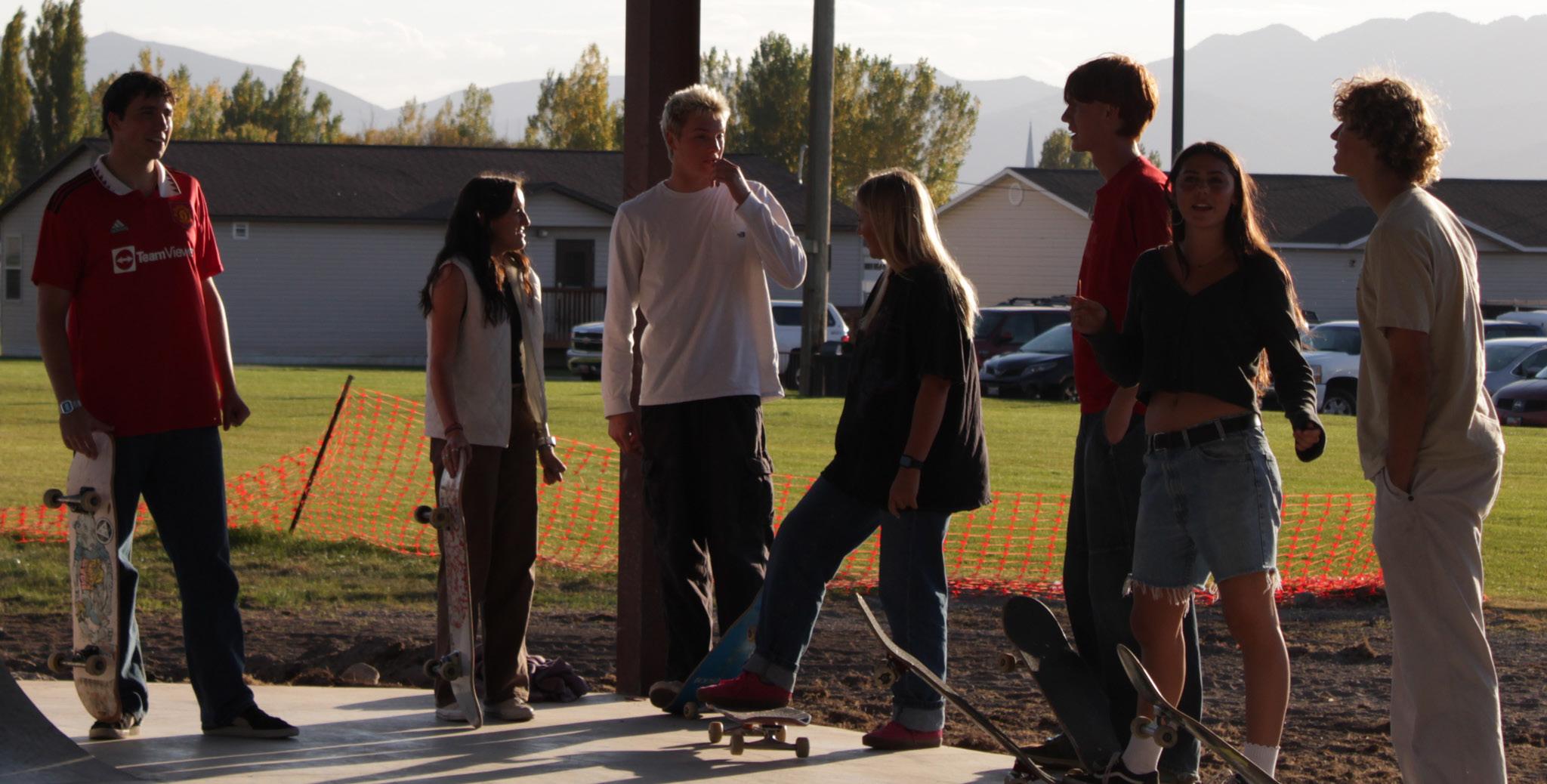
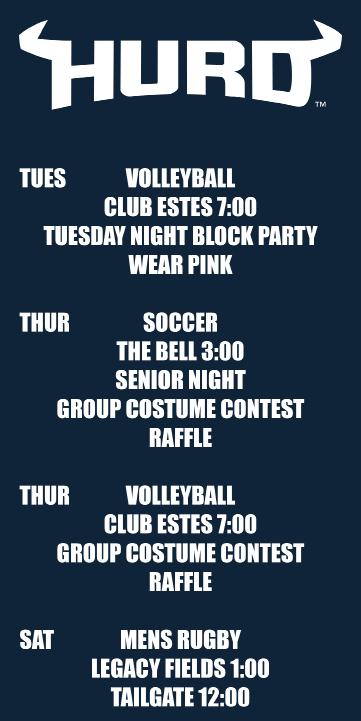


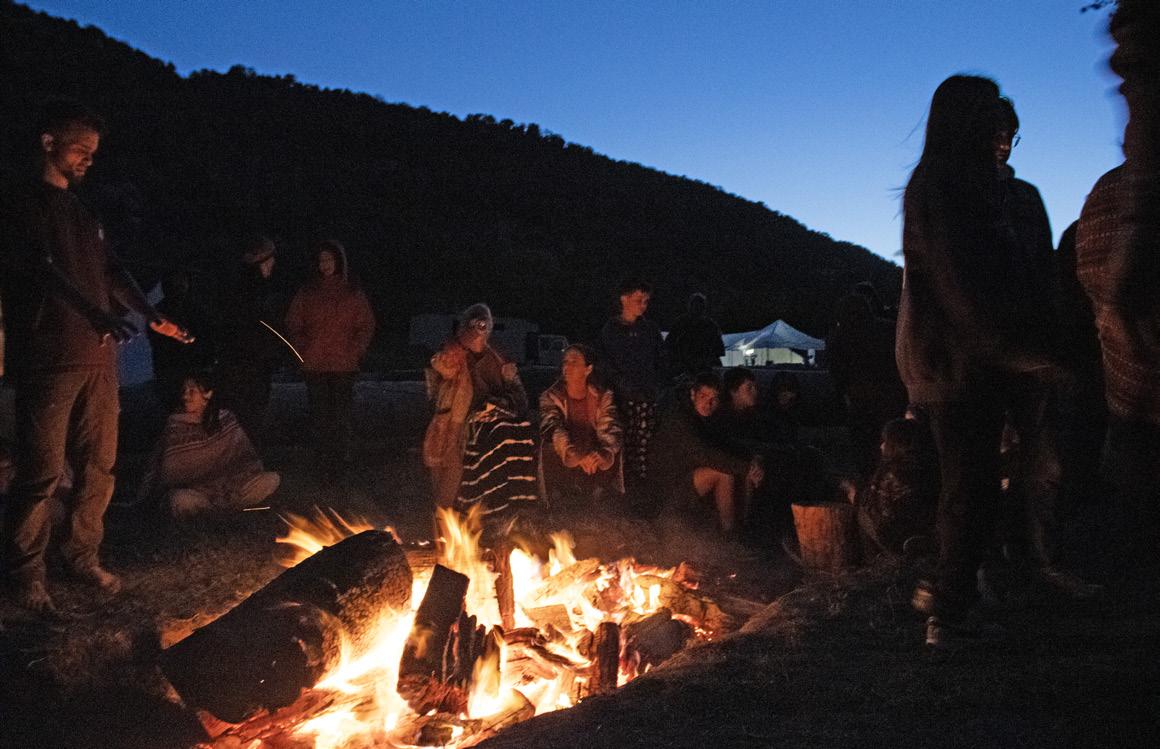
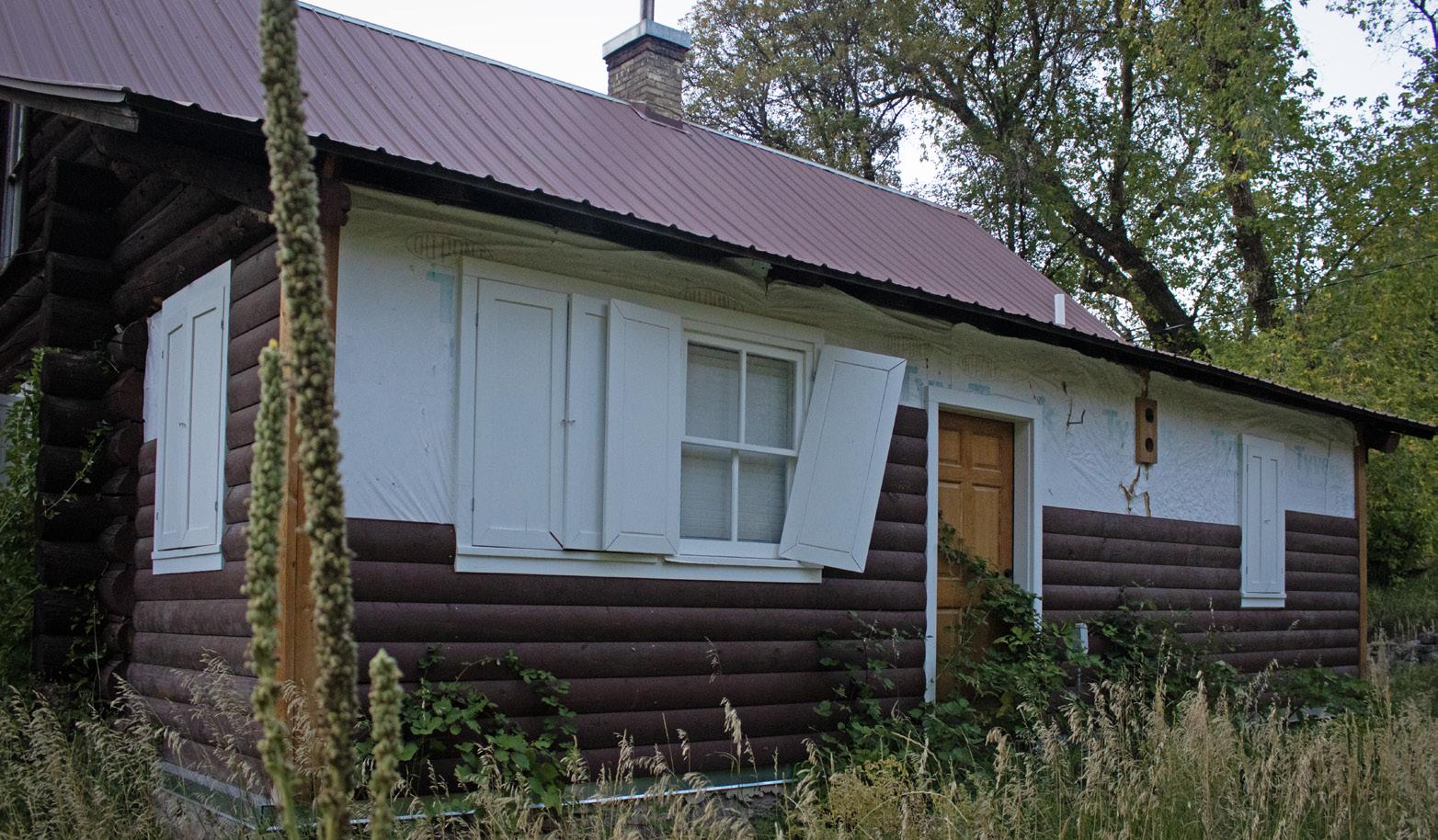
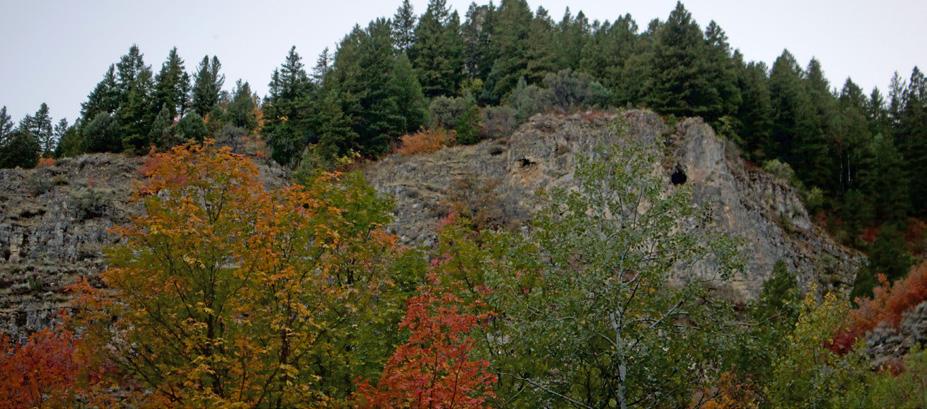


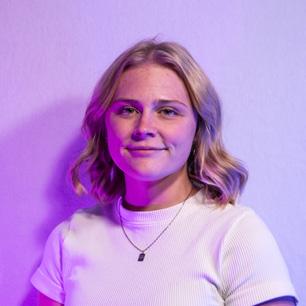
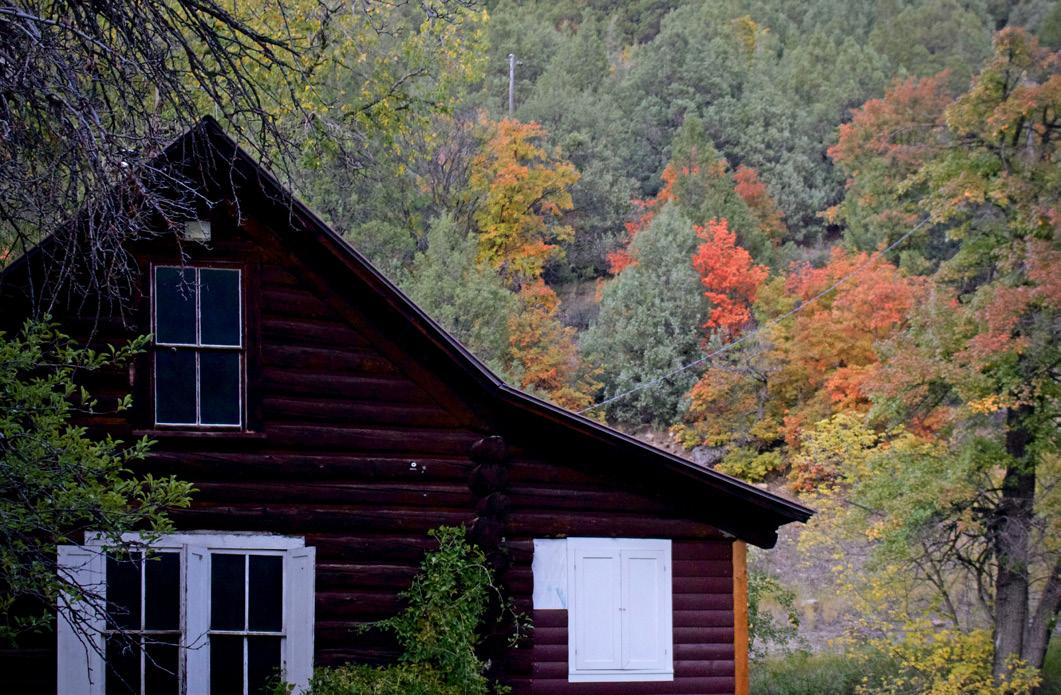

By Malory Rau STATESMAN REPORTER
Ihad always been fascinated by the character of Dorian Gray. To me, he was this fictional easter-egg that would pop up in random movies and television shows that I had watched throughout my life, and when one googles the character of Dorian Gray, roughly 20 actors show up in the played-by section. Showing that he, much like Batman or the Joker, has been passed down through the generations as a character that stands still in time. Moreover, I challenged myself to read the work he originated from, this is The Picture of Dorian Gray by Oscar Wilde.
The Picture of Dorian Gray falls under the genres of gothic horror and philosophical fiction. It was originally published in 1890, in the United Kingdom, with many versions that now have various introductions, appendices and notes. It is the first and only work by Oscar Wilde that falls under the category of novel.
The novel follows painter Basil Hayward’s muse, 20-yearold Dorian Gray. Dorian has just finished sitting for the finest portrait ever done by Basil. Enamored by his beauty, and with the influence of Basil’s cynical friend Lord Henry Wooton who convinces Dorian that youth and beauty are the only finer things in life worth pursuing, Dorian wishes for eternal beauty and youth while his portrait bears the burden of age. This wish comes true but not without consequence. As Dorian pursues a life of pleasure and sin, he finds that the portrait reflects his sins and atrocities which leads him to understand the high price of eternal youth and beauty. Dorian’s wish is known as a Faustian bargain or a deal with the devil.
I went into this novel with little expectation. I was excited to read it considering the season and I had heard high praises from peers. Although I found the novel a bit of a challenge to read considering it was written over a century ago, I also understand and appreciate the themes that proved to be applicable today.
The imagery throughout I think is one of the highlights of the book, Wilde’s use of flowers was my favorite. The comparison of the fleeting beauty of flowers to Dorian’’s eternal youth as well as the symbolism represented in each flower color was beautifully done. A good example of this is in chapter four when Basil is describing Dorian by explaining “His nature had developed like a flower, had borne blossoms of scarlet flame.”
There seemed to him to be something tragic in a friendship so
—
Oscar Wilde
The personification of life and death throughout the novel also constantly stood out to me, partially because my editor’s brain did not like that those words were capitalized in the middle of sentences, but also because Wilde shows firstly, that immortal beauty is not something to be had as Dorian becomes consumed by his sins, and secondly that Wilde is a poet first and foremost. From similes like “metaphors as monstrous as orchids” to literal metaphors such as “The joy
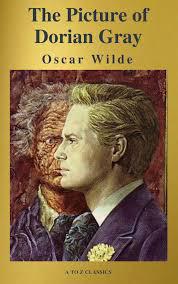
of a caged bird was in her voice,” or my favorite line which is located in chapter nine; “There seemed to him to be something tragic in a friendship so cloured by romance,” Wilde displays an unmatched talent that has me wishing he had written more novels in his lifetime.
The novel also has queer undertones displayed in Basil’s unmatched infatuation with Dorian, and his portrait which is considered a reflection of repressed homosexuality in Victorian society.

Oscar Wilde was tried for gross indecency five years after the novel was published for having an affair with a British aristocrat. The novel was also considered a key piece of evidence against Wilde in court. Wilde served two years in prison for this and died in 1900, three years after being released. An official quote varies among sources but there lies an account of Wilde saying his greatest mistake was trusting a society that celebrated his whit but shunned his sexuality.
This idea is also reflected in The Picture of Dorian Gray, which is often remarked to be about the consequences of coming out in traditional society, as well as the trauma of living a closeted life.
The Picture of Dorian Gray is a stunning reflection of society paired with an aging and degrading portrait that mirrors perhaps the harshest parts of the modern world. Wilde proves to stand the test of time with this one as it, just like its protagonist, remains beautiful and a piece of literature that touches on relevant topics over a century later.


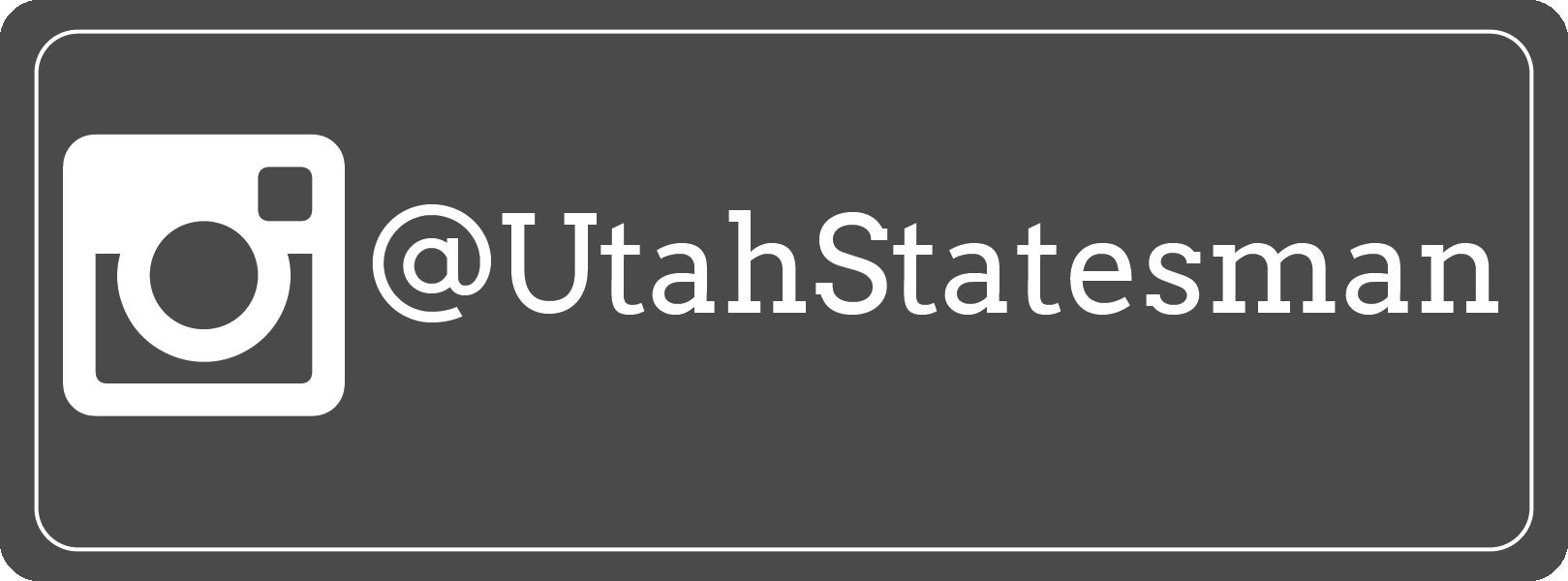




www.sudokuoftheday.com.

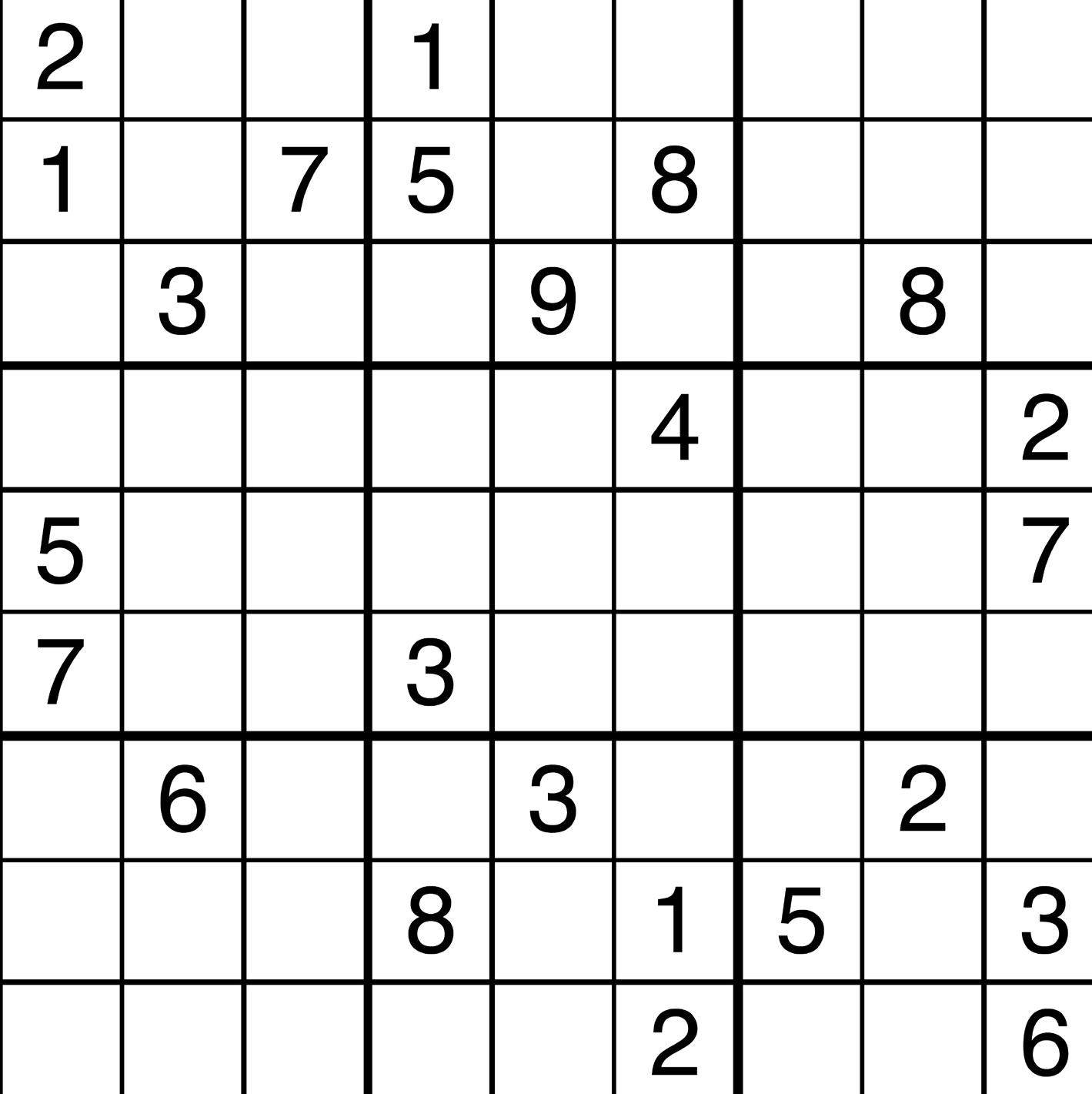

Did you know that on November 1 and 2, the Day of the Dead is celebrated in various countries of Latin America?

de
Presentation by Antonio Cruz Wednesday, October 30 12:00pm

Día de los Muertos Celebration Friday, November 1
Procession begins at 11:00am Starting at Mehdi Heravi Building with a stop at NEHMA
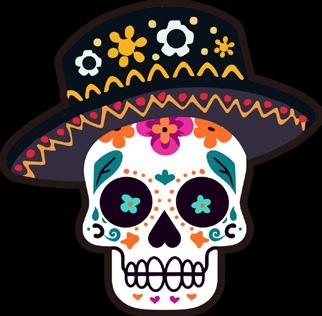
Events Every Tuesday @ 12:00 p.m. In the Latinx Cultural Center! (LCC) (Taggart Student Center Room 227)
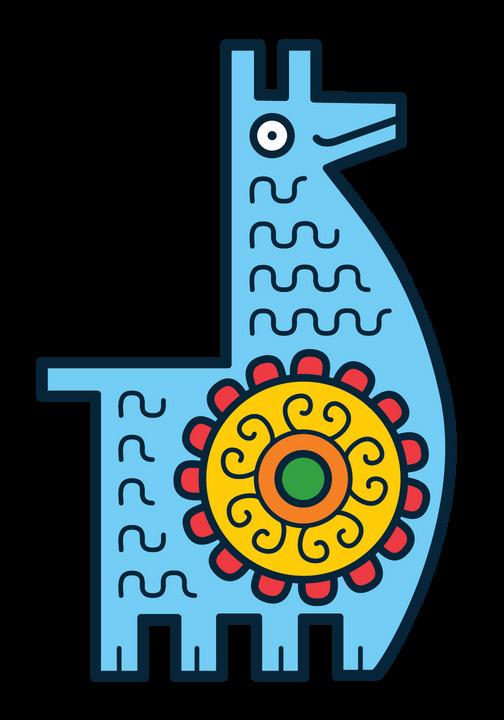
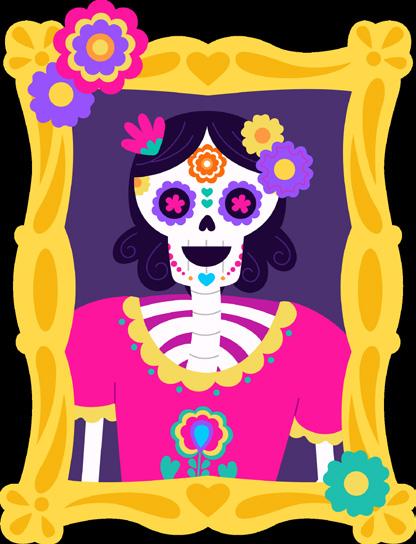
Come and experience and learn about the Day of the Dead ofrenda at the LCC, from Oct 21 to Nov 1. 8:15 a.m.- 4:45 p.m.

05 Nov-James & Alecia Porras Latinx Voices Series present: Dr. Erika J. Espinosa-Ortiz “El Camino... A Latina’s Academic Journey”
12 Nov- “Change the way you think about difference” by Dr. Jason Gilmore
19 Nov- “Intercultural Communication” by Dr. Bradford Hall
Learn more about the Latinx Cultural Center at latinx usu edu

